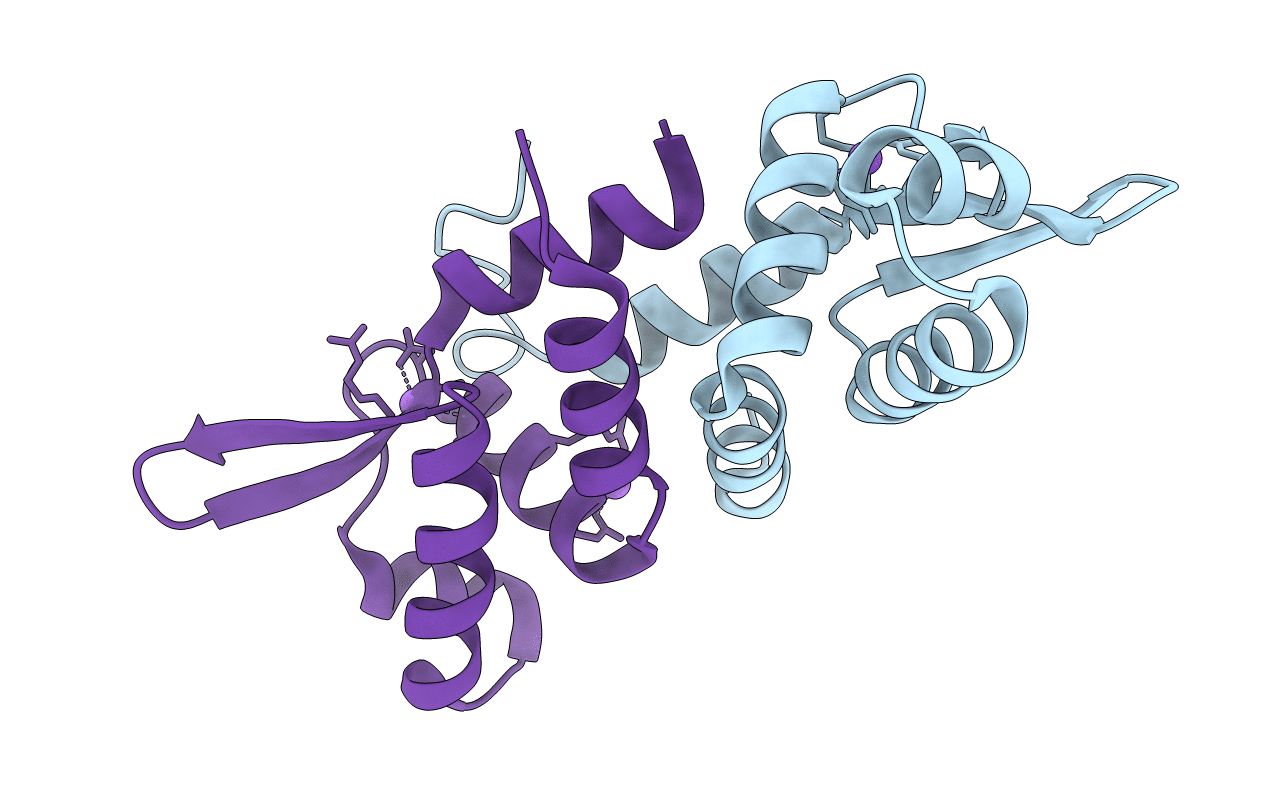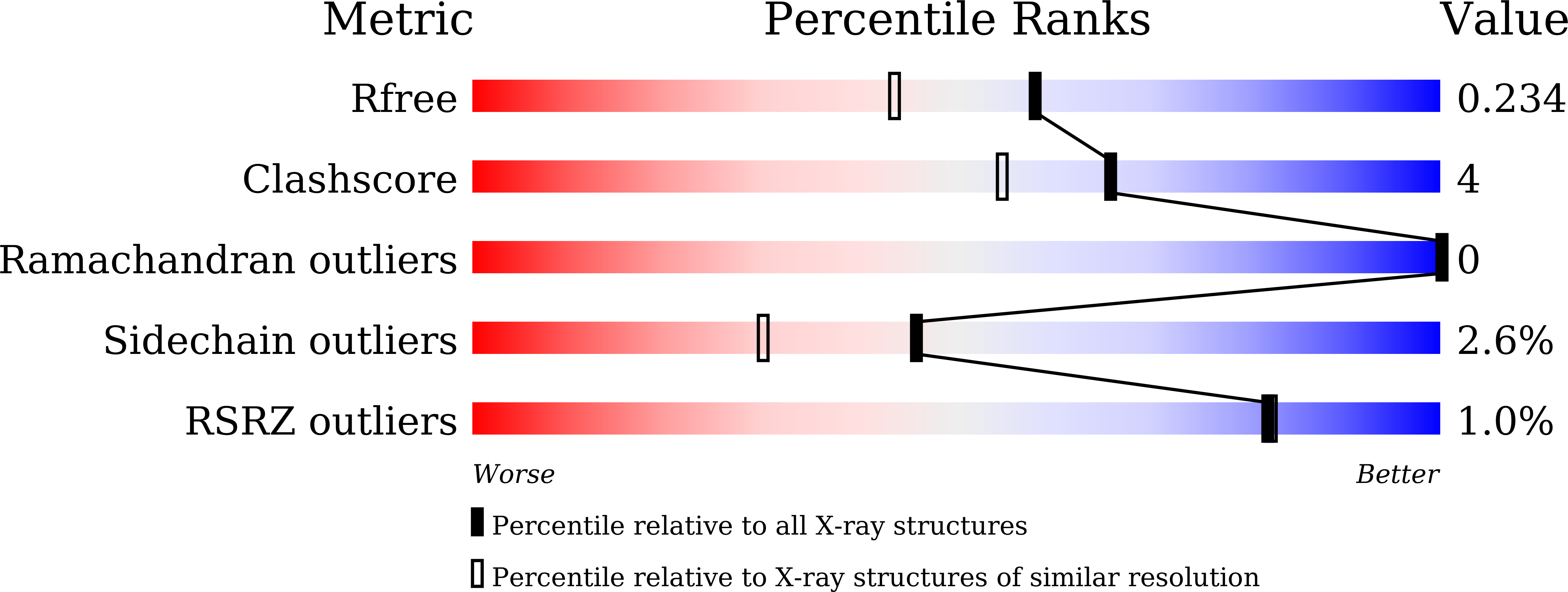
Deposition Date
2018-12-21
Release Date
2019-07-03
Last Version Date
2023-11-22
Entry Detail
PDB ID:
6J05
Keywords:
Title:
Structures of two ArsR As(III)-responsive repressors: implications for the mechanism of derepression
Biological Source:
Source Organism:
Acidithiobacillus ferrooxidans (Taxon ID: 920)
Host Organism:
Method Details:
Experimental Method:
Resolution:
1.86 Å
R-Value Free:
0.23
R-Value Work:
0.16
R-Value Observed:
0.16
Space Group:
P 1 21 1


